Fideli Sundqvist: I Love Paper
The Swedish artist’s book teaches the tricks of her very crafty trade

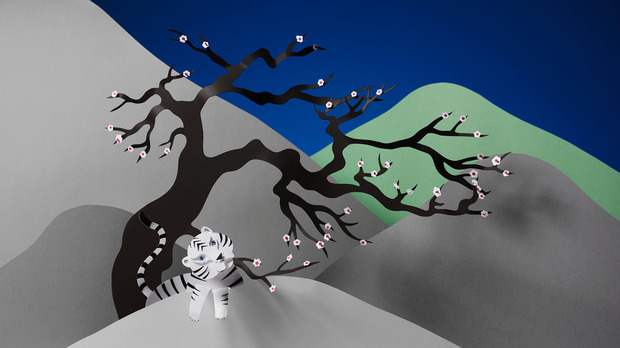
In the summer of 2011, Fideli Sundqvist presented her graduation project at Stockholm’s Konstfack University. In the midst of the overblown gaudy work from the art departments, the conceptual design pieces and rivers of clichéd scratchy pencil illustrations, Sundqvist’s final project, “Tilly & Gul” was a whimsical tale of an elephant and its nameless little yellow chum. Instead of paper and ink, or screen-print or even paint, Sundqvist took the viewer on a 3D journey using her faultless skills with paper folding and cutting. There were no words in the piece. None were needed. It was an innocent display of pure, natural creative talent and steadfast hands.
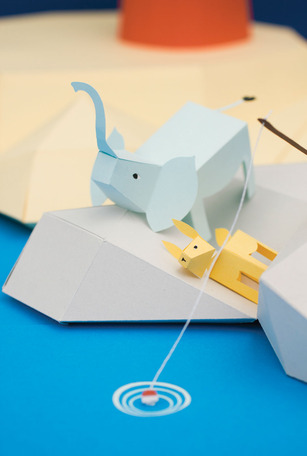
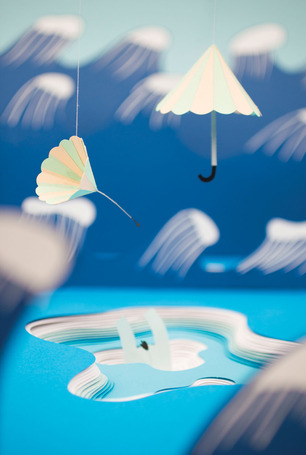
Now, with a few years under her belt as one of Sweden’s most in-demand visual artists, Fideli is looking to share with us her tricks and tips for making your own incredible paper creations and tableaus in a new book, “I Love Paper.” We visited her studio for a chat;
Sundqvist herself hardly speaks a word of English, taking with her cue-cards to overseas client meetings, handwritten by her father.
“It’s like a cookbook but with paper as the ingredients,” Sundqvist explains about “I Love Paper.” Indeed, if she likens herself to a cook, it’s a dinner service that saw her having to revisit almost all of her recipes, given that the originals were a little dusty. Shaking her head in mock shame, she admits that much of her work gets thrown away after each shoot to avoid cluttering up her studio, or worse still—sitting stagnant. “That was great to go back to some of my favorite pieces, actually. I like the problem-solving aspect of working how I do—with paper, breaking each piece down into stages so someone else can make them, falls into this category. So it’s the reader and also me starting from the beginning together to make these things,” she says.
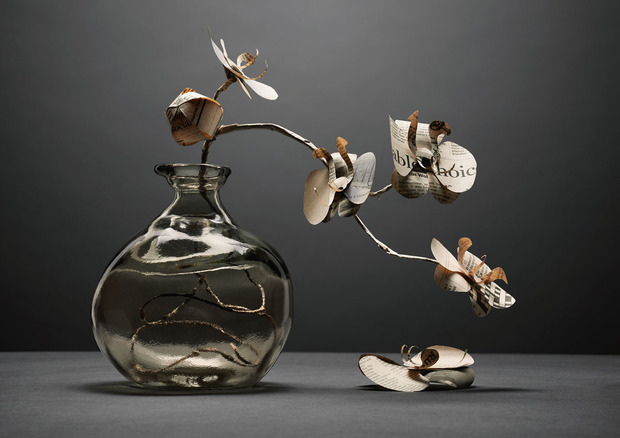
Since graduating Sundqvist’s career has soared, with still life work for magazines, galleries and advertising. She’s also enjoyed a twist that has seen some of her work come to life as moving imagery for TV and web ads. “I sometimes feel a little like a paper factory; perhaps I have taken on too much as it has been stressful,” she says. Yet she relishes the challenge and often finds herself setting out on a freeform creative journey for her clients, the larger of whom often give her a free hand. “It’s funny, the smaller clients, they’re the ones who tend to stand over me more,” she says. “Yet all of them know that they want something in paper, but the beauty of paper cutting being a bit tricky is that I can still inject some of me in each project.”
At the same time she thinks that the medium itself counts only a small number of individuals with her level of talent and creative poise in Sweden, so her work is unlikely to be copied: “There is a high level of skill involved. Definitely. If you mess up you can definitely see it. It’s more apparent in my work too, because A3 is the largest size of paper I use—the smaller a piece of work is, the more blatantly obvious a gap, blob of glue or bad cut is.”
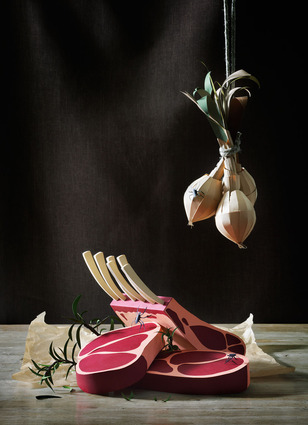
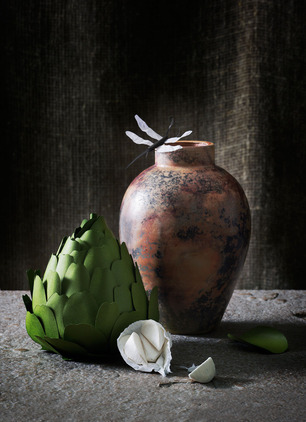
For all her soft-spokeness and cute visual style, there is an underlying confidence in Sundqvist’s execution and approach to her work. There has to be—releasing a book that essentially opens up her skill set to all and sundry. “‘I Love Paper’ begins with the basics, the five main shapes you need to be able to create. It’s exactly how I started. But, of course, the nature of paper—its thickness, color, texture—lets you add an element of your own personality in everything,” she says. “Maybe the reader will enter their own little world like I do when I work?”
Her book gives the reader something that Sundqvist rarely has—a direction in which to travel. “Most the stories I tell develop organically as I work. Narratives that evolve straight onto the work table,” she explains. “The book will let people develop the tools to work in this way. From those initial geometric shapes that lead to everything else, followed by more technical pieces and paper craft that they can develop themselves. Collectively there are about 40 different things to create. It’s a book that might live on and have its own unique lifespan in the hands of everyone who uses it.”
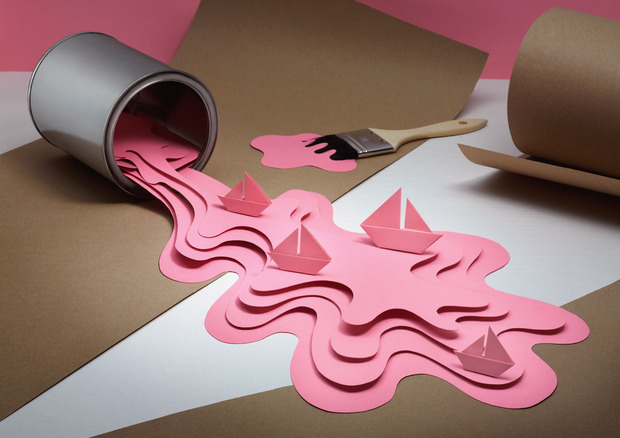
Paper is a creative medium that everybody has access to and, with the most basic of tools and the right guidance, perhaps we too can strike out on our own little flights of fantasy in the spirit of Fideli Sundqvist.
“I Love Paper” is released today, 7 November, published in Swedish by Natur & Kultur.
Images courtesy of Fideli Sundqvist












